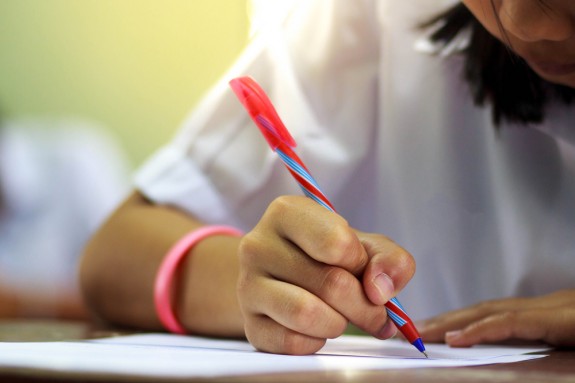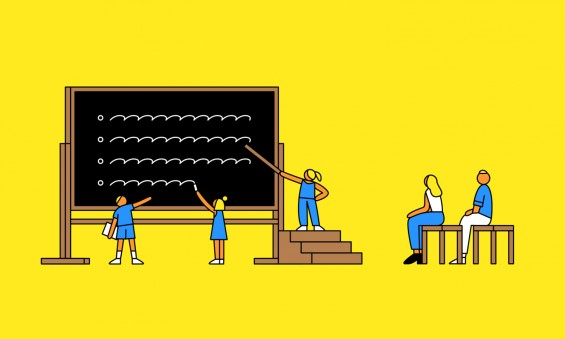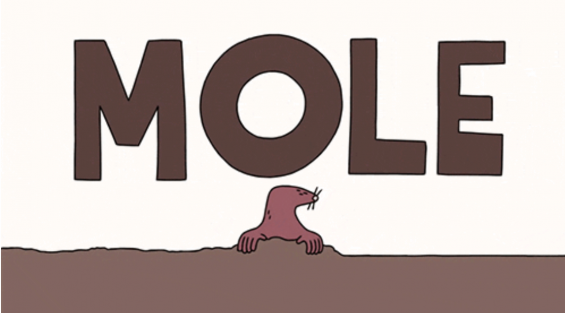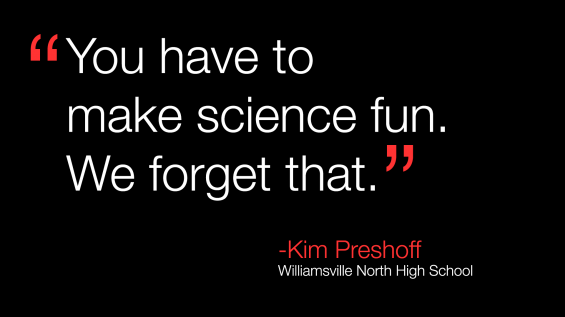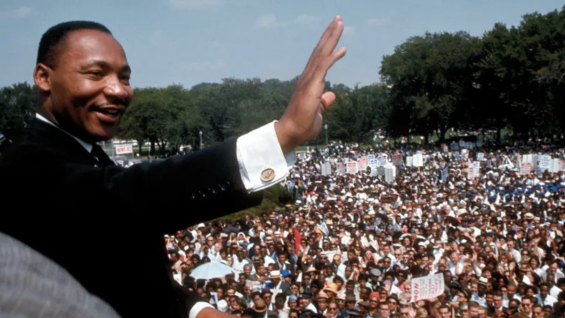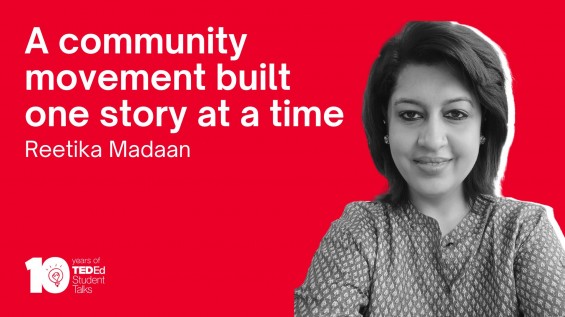
Want to inspire action? Write someone out of the story
If someone forgets your birthday or can’t remember your name, it’s easy to set things right. However, what happens when someone doesn’t include you in your own story? How do you right that wrong?
Throughout history, half the population has been more than ignored by historians: they’ve been erased. Without the tireless organizing work of Ella Baker, would we know Dr. Martin Luther King Jr.? You might know the name of Linda Brown from Brown v. Board of Education in 1954, but have you heard of Mamie Tape, a Chinese immigrant who fought for equal education opportunities for her children in 1885? Or Sylvia Mendez who challenged California education segregation in the 1940s?
In my third year of teaching, I had a class of curious students who didn’t see any value in hearing these stories or hearing of women’s history in general. I asked them to complete this sentence: “Women’s role in the West was…” and they answered with, “unimportant,” “left out,” and “to stay home to cook and clean.” We looked at our textbook and based on the photos there, they were right. I saw women as caregivers only, while men were busy taking action.
So I devised a game-changing activity with my students. The activity creates an experience for students to feel personally erased from the story in order to empower them to listen to more voices. What I did was simple but illuminating, and anyone can do it.
The activity
The idea behind this activity is to give students a sense of what is lost when we tell a story from just one point of view. In this case, the story being told is about them. I write a “textbook chapter” about middle school in the 2020s. The twist is that the chapter is written using only girls as examples. The narrative and all the photos feature girls, with the occasional boy in the background. I include one boy as a “key term” as well. As we read through the section, this manufactured oversight is always sure to spark great conversations.
The process
1. I created a survey about the middle school experience, asking students about their favorite classes, teachers, memories, etc., using Google Forms.
2. I created a template in Google Slides that looks like a textbook section. You can use a screenshot of your textbook with boxes covering the text.
3. Every year I make minor adjustments to the text to reflect the current students. Their favorite field trips and experiences are included, and I feature “class leaders” in the vocabulary list.
4. Print the class a set of copies.
5. At the beginning of class, I tell them that I want to get their feedback on a textbook section I’m writing about middle school in the 21st century.
6. Everyone studies the textbook section carefully, looking for their friends and themselves.
7. As the boys in class realize they’ve been left out of the story or relegated to the sidebar, we discuss how this happens in history:
a. How does it feel to be left out?
b. How does it feel when I say, “I already know about one boy. I don’t need to know about you.”
c. How would it feel to be half the population, but you are left out of the story for centuries?
d. How much more invisible would you feel if your identity wasn’t just a “woman” but an immigrant, a woman of color?
8. As a follow-up, we count the photos in our textbook and analyze how women are portrayed and how often they are included. We also examine intersectional identities: where are women of color? Where are indigenous people? Where are people with disabilities?
The result
After completing the activity, we revisited the sentence, “Women’s role in the West was…” This time they wrote that women were vital, courageous, strong, fighters, essential, independent, brave, curious, and fierce. My student Nick explained, “women make up half of the population and leaving them out would be like leaving out half of the story… Many women were agents of change.” And Yasmina wrote, “without them it’s just a big gap in history.” Now, my students better understand the injustice of being written out of history, and during Women’s History Month we celebrate the stories of the women who have been erased.
Try it yourself
So how can you recreate this transformative experience? With elementary-age children, a picture book about the class could stand-in for the textbook. The key with this activity is to allow adults or students to discover the erasure on their own. Inquiry opens up our minds to be curious about possibilities. Experiencing being left out, or being featured as the main characters in a story, empowers children to take action. At the close of the activity, be intentional about the value of empathy. Our goal is to intentionally inspire inquiry, not injury. Once you’ve trained children to look for who is missing, they will want to investigate and tell those stories. Help them turn up the volume on the voices that have been silenced.
ABOUT THE AUTHOR
Before entering the classroom, Erin McCarthy captivated students on museum field trips through dance, play, art, and storytelling. For the past nine years, she’s worked to bring the same joy of inquiry and curiosity to middle school students as an 8th-grade social studies teacher in the suburbs of Milwaukee. In 2020, McCarthy was named the Wisconsin Teacher of the Year because she’s made it her mission to ensure every child sees diverse heroes, leaders, activists, and innovators reflected in America’s story. Curiosity, open-mindedness, and asking questions are the key to success in her class, and McCarthy never stops challenging students to look at the world from a new perspective. Middle school kids want to change the world and end injustice, and this is why she loves middle school.
Erin McCarthy originally shared this activity in her Educator Talk submitted through the TED Masterclass for Education program. To learn more about how TED Masterclass for Education inspires educators to develop their ideas into TED-style Talks, visit https://masterclass.ted.com/educator
